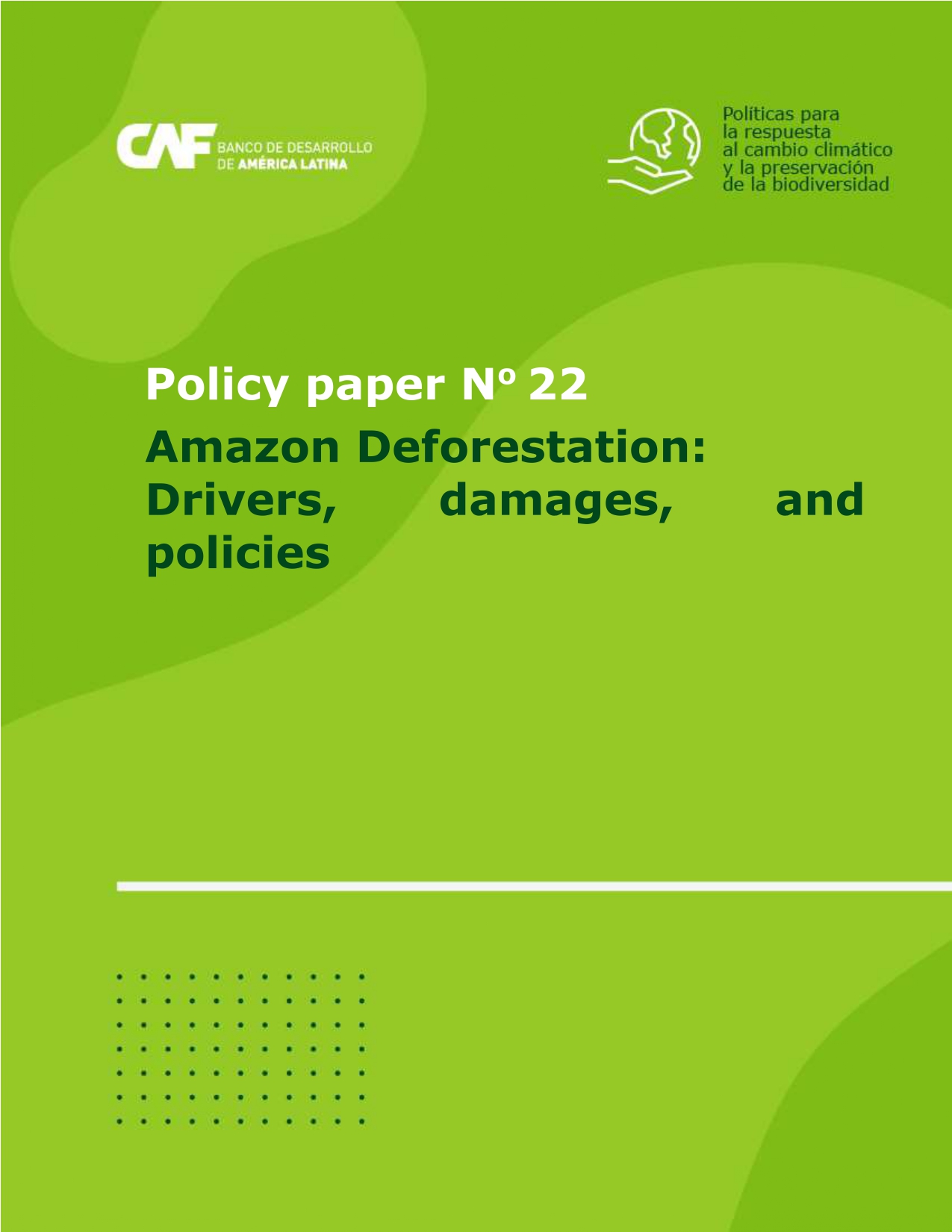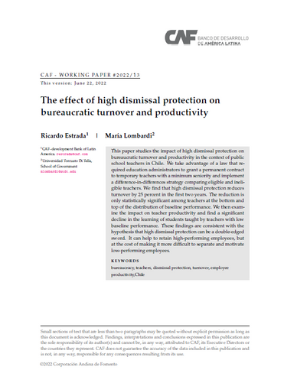Mostrar el registro sencillo del ítem
Comparing Protection Types in The Peruvian Amazon: Multiple-Use Protected Areas Did No Worse for Forests
| dc.contributor.author | Rico-Straffon, Jimena | |
| dc.contributor.author | Wang, Zhenhua | |
| dc.contributor.author | Pfaff, Alexander | |
| dc.coverage.spatial | América Latina y el Caribe | es_ES |
| dc.coverage.spatial | Perú | es_ES |
| dc.date.accessioned | 2022-12-21T17:17:50Z | |
| dc.date.available | 2022-12-21T17:17:50Z | |
| dc.date.issued | 2022-12-20 | |
| dc.identifier.citation | Rico-Straffon, J., Wang, Z., & Pfaff, A. (2022, December 20). Comparing Protection Types in The Peruvian Amazon: Multiple-Use Protected Areas Did No Worse for Forests. Retrieved from https://scioteca.caf.com/handle/123456789/1989 | en_GB |
| dc.identifier.uri | https://scioteca.caf.com/handle/123456789/1989 | |
| dc.description.tableofcontents | Protected areas (PAs), which restrict economic activities, are the leading land and marine policy for ecosystem conservation. Most contexts feature different types of protection that vary in their stringency of management. Using spatially detailed panel data for 1986-2018, we estimate PAs’ impacts upon forests in the Peruvian Amazon. Which type of protection has greater impacts on the forest is ambiguous, theoretically, given potential for significant differences by type in siting and enforcement. We find that the less strict multiple-use PAs, that allow local livelihoods, do no worse for forests than strict PAs: each PA type holds off small loss spikes seen in unprotected forests; and multipleuse, if anything, do a bit better. This adds to evidence on the coexistence of private activities with conservation objectives. | es_ES |
| dc.language.iso | en | es_ES |
| dc.subject | Ambiente | es_ES |
| dc.subject | Evaluación de impacto | es_ES |
| dc.title | Comparing Protection Types in The Peruvian Amazon: Multiple-Use Protected Areas Did No Worse for Forests | es_ES |
| dc.type | workingPaper | es_ES |
Ficheros en el ítem
Este ítem aparece en la(s) siguiente(s) colección(ones)
-
6.1 Documentos de trabajo en investigación socioeconómica
En esta colección se encuentran los documentos de trabajo sobre temas económicos y sociales prioritarios para la región.




